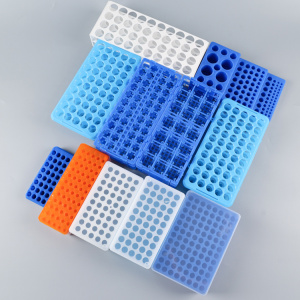Cell Culture FAQ
Cell culture FAQ
In cell culture experiments, we sometimes encounter many problems. In order to save cells, we need the right remedy!
As long as you grasp these 5 points, saving cells is a small case~

The sample itself
1. cellular senescence
2. individual differences (check the initial test report of the sample)
Problems with the cells themselves
Seed quality is important.
After several passages, the cells' ability to expand decreases and can be resuscitated for culture with more primitive cells.
If frozen cells are used, it is possible that the proliferation capacity of the cell is weak when it is frozen, which can be determined by looking at the previous operation records.
There is also the point of individual differences, which can be reduced by screening the samples by known criteria before culturing.
Exogenous contamination
If other batches of cells from the same source do not show problems, you should think about whether you have "won the lottery". Please promptly isolate the suspect cells and the reagents used in culture.
Bacterial contamination
Bacteria are prokaryotic microorganisms whose size is measured in micrometers (μm). Commonly contaminated bacteria include Gram-negative bacteria and Escherichia coli, Pseudomonas, etc. Among Gram-negative bacteria, white staphylococci, etc. are more common.
After contamination, cells undergo pathological changes, intracellular particles increase, thicken, and finally become round and fall off and die, resulting in test failure and loss of cell lines (lines).



